Edible electronics from non-toxic materials enable complex ingestible devices for healthcare and food monitoring.
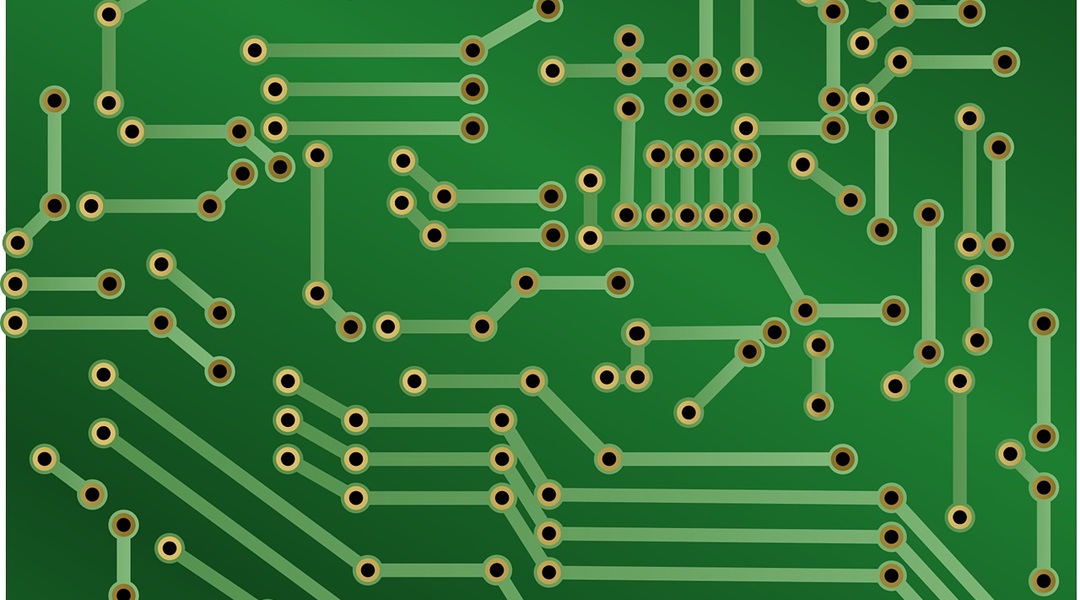

Edible electronics from non-toxic materials enable complex ingestible devices for healthcare and food monitoring.

This is the first instance of incorporating edible particles into gas marbles, with some intriguing applications in gastronomy.
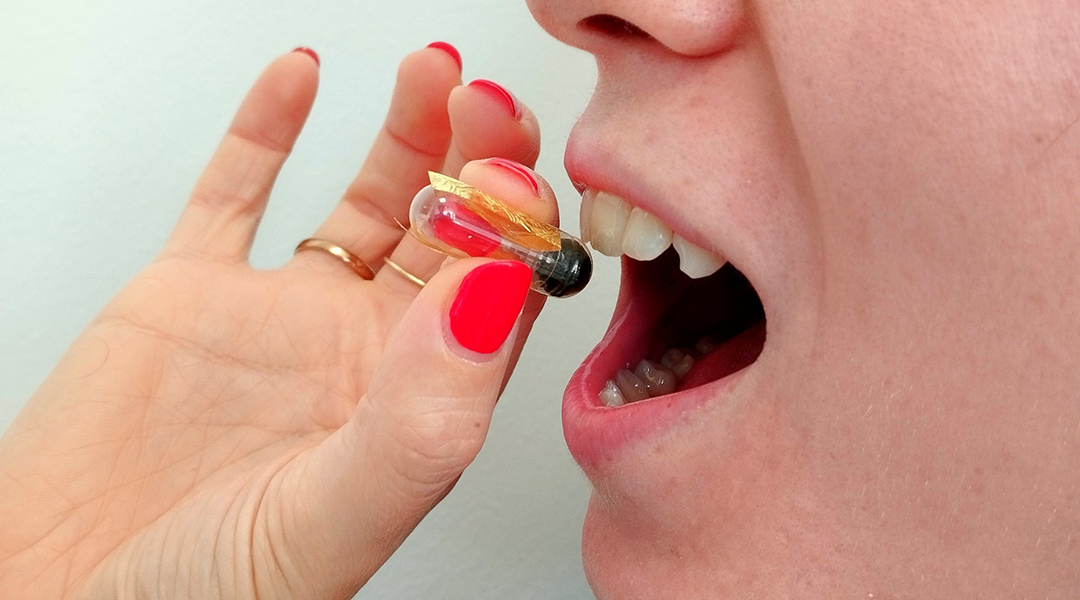
A partially edible robot based on a fully edible sensor addresses the burden of electronic waste while simultaneously acting as a nutrition source.
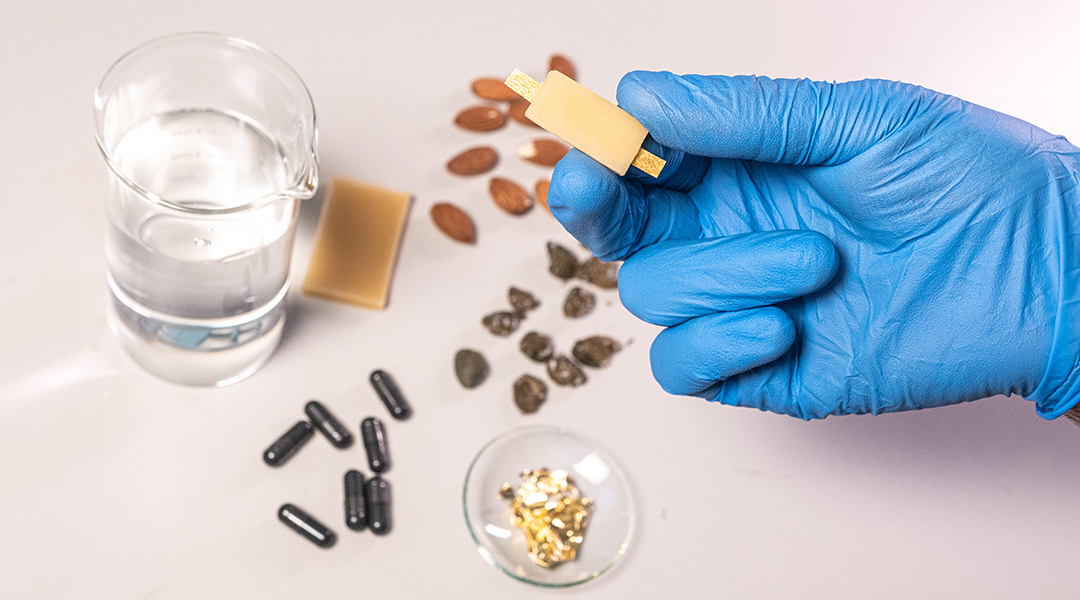
An edible and rechargeable battery to power devices used for GI tract monitoring, therapeutics, and analyzing food quality.
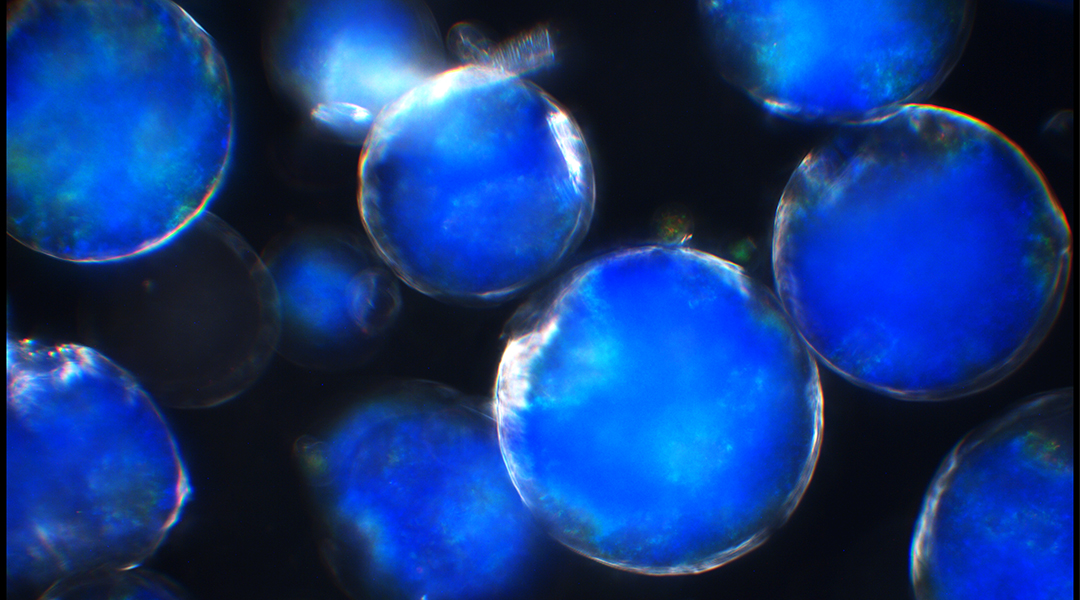
Using a derivative of cellulose, researchers explore making a natural food colorant from materials whose surfaces manipulate light.

The first seeds towards non-invasive edible electronics are sown.

A fully edible supercapacitor has been developed from food-grade materials by researchers in the USA.
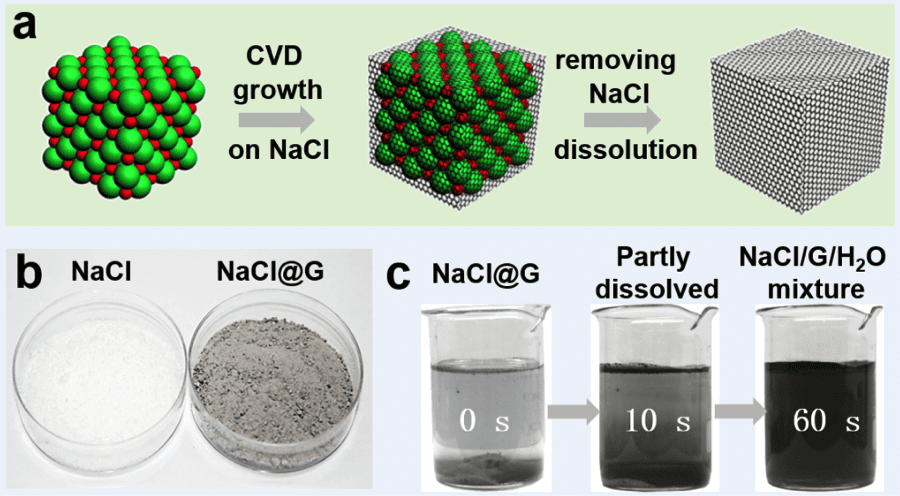
Researchers investigate substrates in which micron-size sodium chloride crystals are used as a water soluble, recyclable substrate for CVD growth of few-layer graphene.
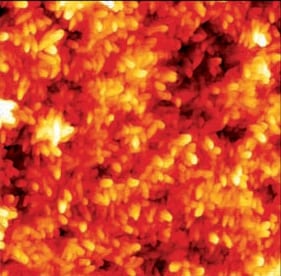
Scientists from the University of Linz engage in developing electronics that can simply be thrown onto the compost heap or, if in a pinch, could even be eaten!

Fabrication of microlasers using all edible components.